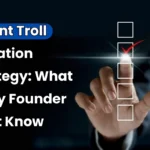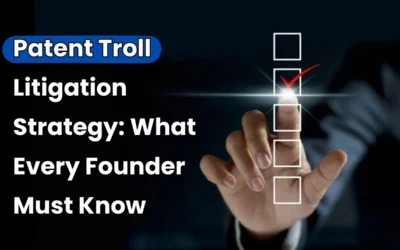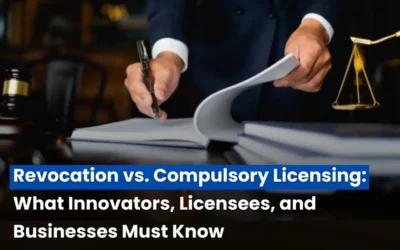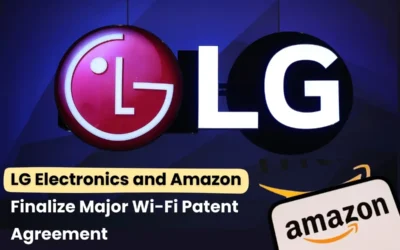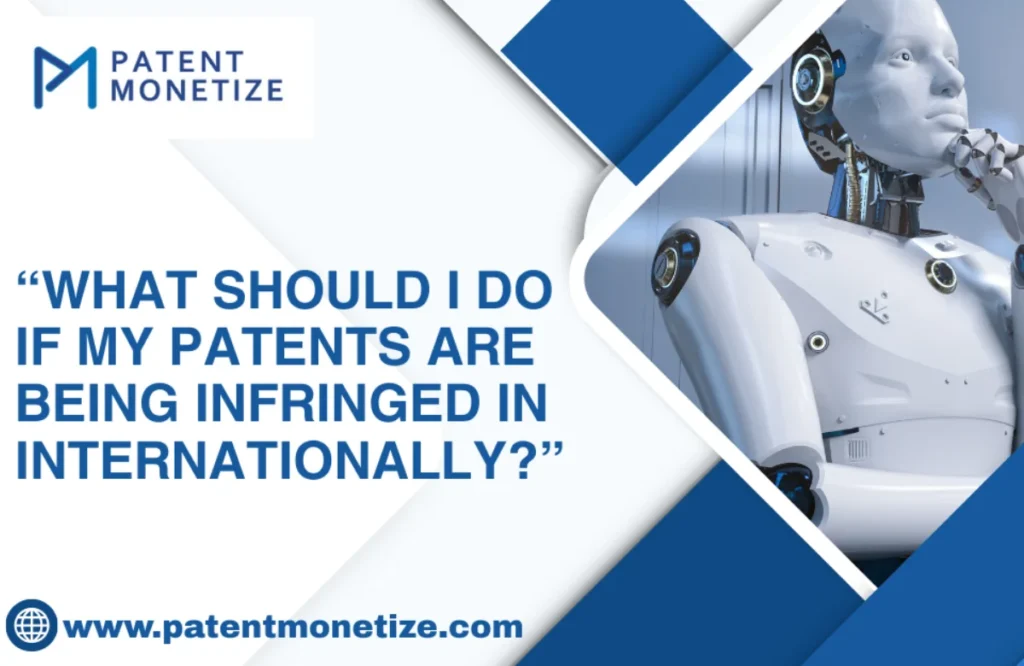
It is a sad fact that patent infringement could seriously affect the business performance, and this may again affect the name of a firm, hence affecting profits. Easy things go sad when this issue happens out-of-border. Taking care of the protection of the given patent becomes in a multi-faceted challenge of care and preparation regarding legal procedures followed to order such steps taken and get things appropriately done.This is the article by which we discuss what you are to do about patent infringement internationally, important measures for the preservation of your rights, the pains of the journey, and more practical steps taken in addressing worldwide infringement.
Understanding Patent Infringement
While getting to how you should go about your response when your patent is being infringed internationally, it is first understand patent infringement. This will make patent infringement an act where another individual manufactures, uses, sells, or distributes a product or a process covered by your patent without your permission. What kind of infringement also depends on whether your patent jurisdiction is one country or multiple countries. This means an international patent infringement is granted when a foreigner infringes your patents outside the country in which you own your patent rights. Patents are territorial; therefore, you would be required to see that your intellect is covered over every country or territory where it is being put out or consumed in the market.
Read Also: US Senate Confirms John Squires to Lead USPTO: What It Means for Patents and Monetization
Step What to Do When Your Patented Idea Is Being Infringed Internationally
1. Determine infringement and collect evidence.
Prima facie, there has to be a finding that an infringement has occurred before turning to any court. Not all known infringement cases exist, especially in international cases. This is how you can start to prove and initiate evidence gathering:
- Investigate suspected infringement: You are conducting your investigation in the country where you believe infringement is happening. You might even find out that a third party is selling your product without permission, or someone might be using your patented technology against your will.
- International Market Surveillance: From the web, databases, and market intelligence services, one can monitor patent infringement. More and more countries are offering free public search databases.
- Evidence Collection: Collect everything that will assist in supporting your case; this could be sales records, product samples, marketing material, or even patents. All this will form immense evidence if the decision to escalate is taken later.
2. International Patent Attorneys
Patent law is atrociously complicated. Then mix in international issues-it just takes the cake. Laws regarding patents are so infinitely varied between countries one can’t possibly hire but an international patent attorney familiar with such inner workings. They might assist with:
- Legal analysis: This international patent attorney will analyze the strength of your patent in the country where infringement exists. They will then determine whether there is adequate coverage for your invention under the patent laws of that jurisdiction.
- Strategic advice: Your attorney will advise whether or not to litigate in that country where the infringement is occurring or whether to settle or negotiate a licensing agreement.
- International Litigation: In case your judgment ends up in court, then your lawyer will be in an ideal position to describe the process of patent litigation that sometimes requires litigation in certain countries or courts.
3. Country whose sovereignty would be affected
Patent rights are territorial; that is, the patent is valid only for the country it comes from. So in such a case, if your patent right is being infringed across the globe, then you would first need to determine where all your patents are being infringed.
- International patent protection: If you haven’t done so already, think about whether you should patent your product or process in countries in which it is used or sold. This can be done by filing the Patent Cooperation Treaty (PCT) or national patent applications in countries that you wish to protect.
- Other Countries with Strong IP Enforcement: Other countries are harder to enforce patents than others. One would work close with your attorney to focus on only countries that have stronger law and enforcement over IP.
4. Consider Cease-and-Desist Letter
Normally, it is a first step against the infringing party that is not confrontational; the cease-and-desist letter is written such that it actually puts the infringing party officially on notice to desist from its use and sales of your patented invention. It must carry the following: it must explicity state, very clearly your rights under patent and the infringement.
- It must require that the infringing acts be put on hold forthwith by the alleged infringer.
- Damages and royalties collected, if relevant.
This would lead to outright dismissal of the action and debar any further litigation. The threat of injunction can in certain situations be an openers to litigations. In some circumstances, the infringer will act from the heels of receiving the settlement demand while at other instances, they just totally ignore, and one gets left with only option of alternatives remedy.
5. License and Settlement Options
There are also times when you are willing to compromise or settle or license the invention before litigation. License offers that you may receive some form of recovery, if you file for recovery of compensation for the use of your patent without the burdens and time of expensing litigation costs.
- Licensing gives the infringer a chance to license your patent at a fee or royalty -Licensing, indeed can be a win-win situation for both parties since it allows you to receive an earning from your patent while allowing the infringer to continue on with it lawfully.
- Settlement negotiations: And if at all you must take it to the court, your attorney will negotiate a settlement on your behalf. Settlements normally entail monetary considerations, but they also offer a chance for the enforcement of rights and finally the verdict without having to go through the anxiety of a long trial in the courts.
6. Litigation If Necessary
If the infringer does not comply or negotiations fail, then a lawsuit is inevitable. International patent litigation is expensive, time-consuming, and complicated; hence, it should not be taken lightly.
A lawsuit must be filed in the country or countries where infringement is taking place. This can include
Litigation in Country of Infringement: An action must be filed in the courts of that country where the infringement is occurring. That must be under the domestic laws and practices prevailing in that country.
International Arbitration: International arbitration is also possible under certain conditions. Arbitration is a form of dispute resolution outside the normal litigation courts and that mostly results in speedy resolution and efficiency.
7. Monitor the Situation
Once infringement has been settled, monitor the situation for compliance. It can revert back to infringe on your rights once the lawsuit is concluded. Monitoring international markets, touring trade shows, and patent monitoring technology will get you ready for this.
Read Also: Best Ways to Sell a Patent: How to Get Maximum Value for Your Invention
Problems of International Patent Infringement
The process of international patent infringement has its problems, such as the following:
Some major problems:
- Jurisdictional differences: Every country has its own patent law and process for enforcing multilaterals. In fact, it is guidance from the expert that navigates through differences.
- International cost of litigation: International patent enforcement can be very costly once one starts enforcing in a few countries or jurisdictions. Legal fees, the cost of translation, international filing fees add up pretty quickly.
- Cultural and business differences: International disputes are influenced by other cultures’ varying norms, such as business practice. Understand the business environment in the local frontier when cases of infringement arise.
- Enforcement difficulties: There are some jurisdictions whose intellectual property enforcement systems are so weak and difficult to enforce patents.
Conclusion
International patent infringement is a highly complex issue but, yes intellectual property can be secured through an adequate strategy. All of this is done as part of the process by consulting infringement check-up and international patent attorneys with proper analysis done at the concerned jurisdiction. And indeed, it does get the right to be given patent through an all-enthralling worldwide cease-and-desist letter, or perhaps finding a way in a licensing agreement with litigation.
Though this is a long and expensive process, considering the framework of intellectual property protection, proper care should be taken so that it does not fall into somebody else’s pocket.
